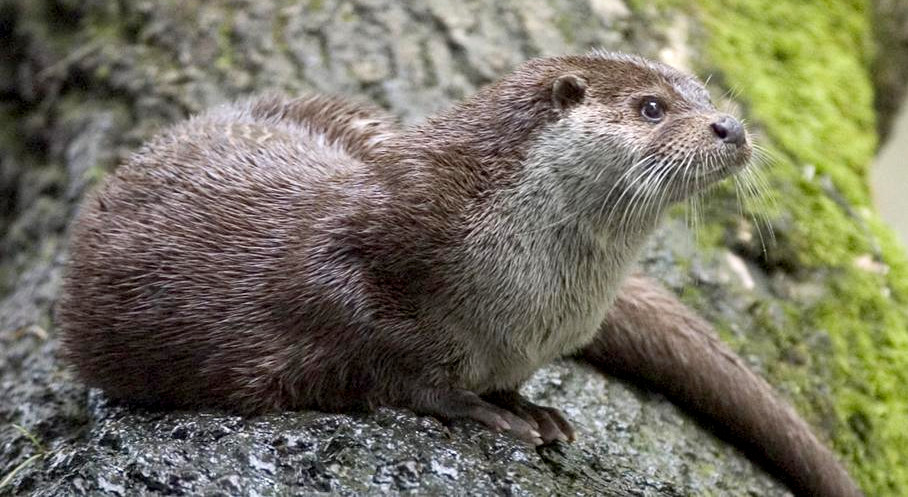- Courses
- GS Full Course 1 Year
- GS Full Course 2 Year
- GS Full Course 3 Year
- GS Full Course Till Selection
- MEP (Mains Enrichment Programme) Data, Facts
- Essay Target – 150+ Marks
- Online Program
- GS Recorded Course
- NCERT- First Ladder
- Polity
- Geography
- Economy
- Ancient, Medieval and Art & Culture AMAC
- Modern India, Post Independence & World History
- Environment
- Governance
- Science & Technology
- International Relations and Internal Security
- Disaster Management
- Ethics
- Current Affairs
- Indian Society and Social Issue
- CSAT
- 5 LAYERED ARJUNA Mentorship
- Public Administration Optional
- ABOUT US
- OUR TOPPERS
- TEST SERIES
- FREE STUDY MATERIAL
- VIDEOS
- CONTACT US
NASA’s Mission to Study Polar Regions: PREFIRE Polar Mission
NASA’s Mission to Study Polar Regions: PREFIRE Polar Mission
20-05-2024

The first of NASA’s tiny twin satellites as part of the PREFIRE (Polar Radiant Energy in the Far-InfraRed Experiment) polar mission is set to be launched from New Zealand on May 22.
About PREFIRE Polar Mission:
- The Mission:
The Polar Radiant Energy in the Far-InfraRed Experiment (PREFIRE) polar mission consists of 2 satellites, each carrying a single instrument and measuring the poles about 6 hours apart. - Objectives:
a) Reveal the full spectrum of heat loss from Earth's polar regions for the first time, improving the accuracy of climate models.
b) Address gaps in knowledge and provide data to improve predictions of climate change and sea-level rise.
c) Provide new information on how Earth's atmosphere and ice influence the amount of heat radiated out to space from the Arctic and Antarctic. -
How Will the Satellites Work?
a) The mission will launch cube satellites the size of shoeboxes aboard an Electron launch vehicle.
b) The satellites are equipped with Mars-proven technology and will measure a little-studied portion of the radiant energy emitted by Earth. Mars-proven technology refers to technologies that have been successfully tested and used in the harsh environment of Mars.
c) 2 satellites carrying a thermal infrared spectrometer will be in asynchronous near-polar orbits, passing over a given spot on Earth at different times. - They will overlap every few hours near the poles to maximize coverage.
d) The instruments, weighing less than 6 pounds each, will use a thermocouple to make readings, similar to the sensors in household thermostats. -
Benefits of the Mission:
a) Help scientists to understand why the Arctic has warmed over 2½ times faster than the rest of the planet since the 1970s.
b) Provide a better understanding of how efficiently far-infrared heat is emitted by snow, sea ice, and clouds and how these factors influence the amount of far-infrared radiation escaping into space.
c) Help researchers better predict how the heat exchange between Earth and space will change in the future and how these changes will affect phenomena like ice sheet melting, atmospheric temperatures, and global weather.
Must Check: Best IAS Coaching In Delhi



